
Copernicus’s revolutionary ideas reorganized the heavens
This secretive astronomer devoted his entire life to sun-centered cosmic theories as larger questions of faith were dividing Europe nearly 500 years ago.
Curiosity came from many quarters. One letter, written in 1536, begged for more information. It praised Copernicus’s “new theory of the Universe according to which the Earth moves and the Sun occupies the basic, and hence, central, position.” Its author was Cardinal Nikolaus von Schönberg, a prince of the Catholic Church.
By placing the sun at the center, Copernicus’s idea overturned the ideas devised by the second-century astronomer Ptolemy. In Ptolemy’s theory the sun and planets orbited the Earth, which was regarded as the orthodox model across the Christian world. Through decades of work, Copernicus had slowly and carefully found a new way of organizing the heavens, but his reticence kept these new ideas isolated from the public, who could only speculate about them.
A man of both science and faith, Copernicus lived during a time of great change in Europe. A new flowering of humanist thought was spreading throughout the continent, as scholars and artists looked back to the classical era and brought its influence to bear on art, architecture, literature, politics, and science. After Martin Luther published his Ninety-Five Theses in 1517, a religious revolution began that would roil the Catholic Church and form new denominations. Throughout all this tumult, Copernicus held fast at the center, methodically crafting his own astronomical revolution.
FAITH IN ASTRONOMY

A century before Galileo’s persecution, the church’s attitude to- ward astronomy was more open. The Julian calendar, then in use, had become so inexact that it fell out of time with the seasons. Copernicus submitted a statement to a 1512-16 council convened to address the problem, in which he called for more accurate observations. A new “Gregorian” calendar with leap years was introduced under Pope Gregory XIII in 1582 and is still in use today.
A Renaissance man
Copernicus was born Mikolaj Kopernik in 1473, in Torun, Poland. (Following the custom among scholars in the Renaissance, he later latinized his name.) A major port on the Vistula River, Torun was part of a loose grouping of rich, northern trading cities known as the Hanseatic League. Copernicus’s father was a merchant, and historians speculate that he and his family dealt in copper, an association which gave rise to the family name. When Copernicus was 10 years old, his father died, and he went to live with his mother’s brother, Lucas Watzenrode. Later appointed the Bishop of Warmia in northern Poland, Watzenrode became an important patron to his nephew. (See also: How table manners as we know them were a Renaissance invention.)
Copernicus began his university studies in 1491 at the Academy of Krakow (today the Jagiellonian University), which was then attracting some of Europe’s finest minds in mathematics and astronomy. Cosmopolitan Krakow, full of merchants and intellectuals, was an exciting place to receive an education. Reports of startling discoveries of new lands across the Atlantic by a Genoese sailor, Christopher Columbus, and the new humanist teachings of the Renaissance, were arriving in Poland from southern Europe. Krakow was the adoptive home of the flamboyant Italian scholar Filippo Buonaccorsi, secretary to the Polish king and tutor to his children.
After several years, Copernicus was drawn to Italy, the epicenter of humanist learning at the time. Whatever diffidence he later showed in his scientific theories, Copernicus did not lack funds or time to pursue a solid student career there. In 1497 his uncle appointed him a canon at the cathedral of Frombork in his own diocese, even though Copernicus had begun his Italian studies a year before. The position gave him ample financial security. Well over a decade would pass before the absentee canon took up his duties on the chilly shores of the Baltic; in the interim, Copernicus dedicated himself to university life, first at Bologna, then at Padua, finally emerging as a doctor from the small university of Ferrara in 1503.

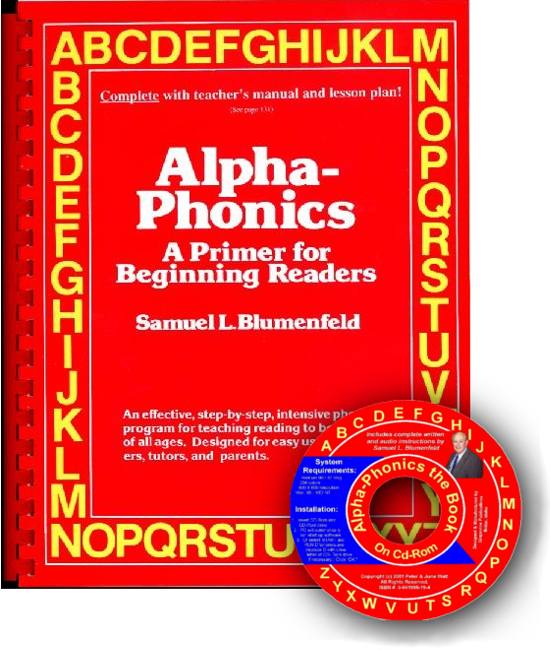 Alpha-Phonics
Alpha-Phonics The Alphabet Song!
The Alphabet Song! Water on the Floor
Water on the Floor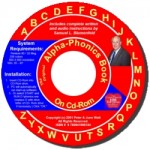 Alpha-Phonics the Book on CD Rom
Alpha-Phonics the Book on CD Rom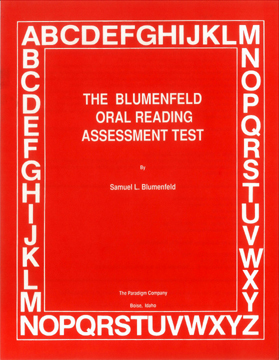 Blumenfeld Oral Reading Assessment Test
Blumenfeld Oral Reading Assessment Test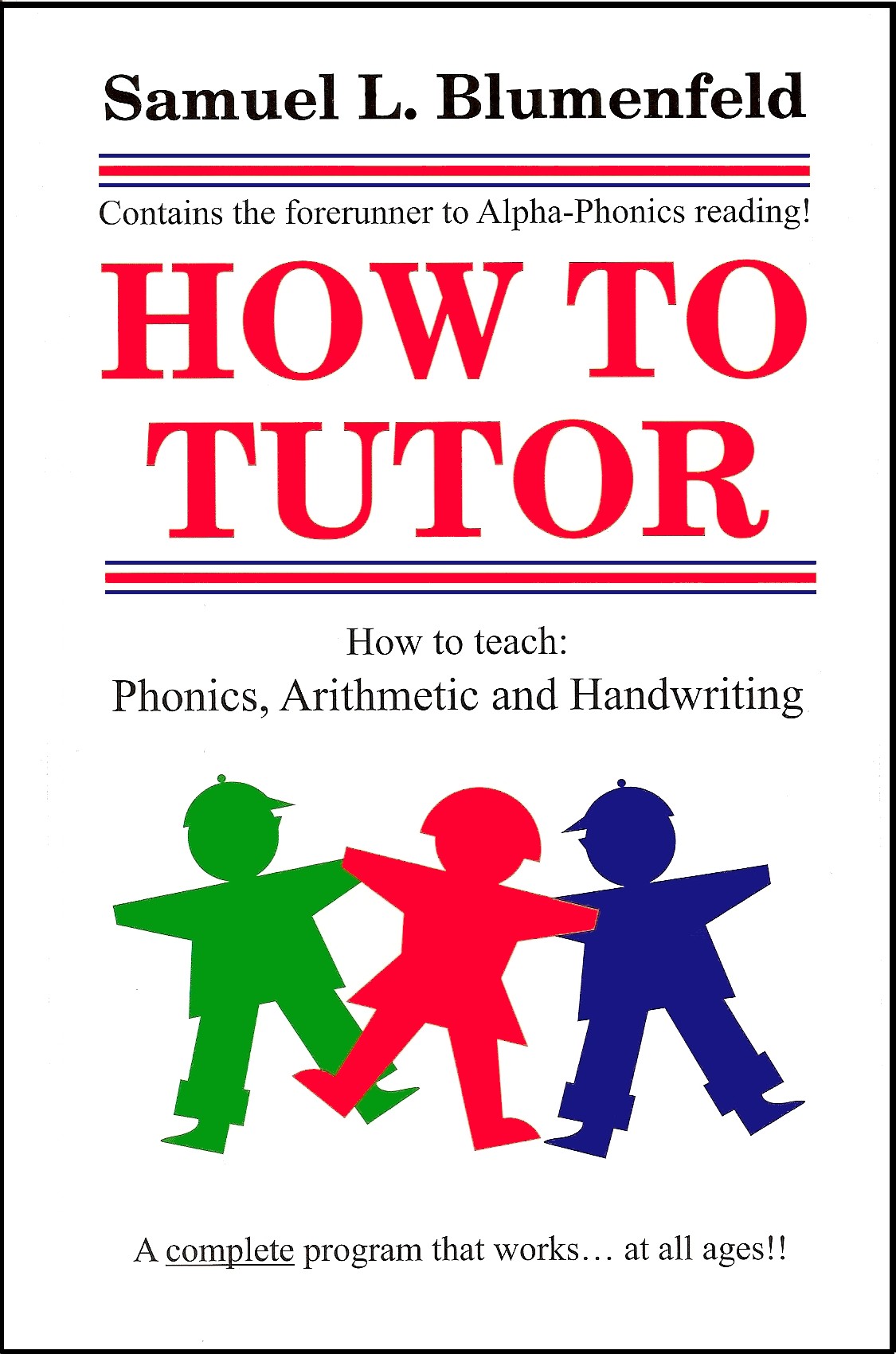 How To Tutor
How To Tutor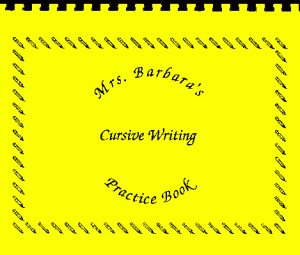 How To Tutor Cursive Handwriting Workbook
How To Tutor Cursive Handwriting Workbook